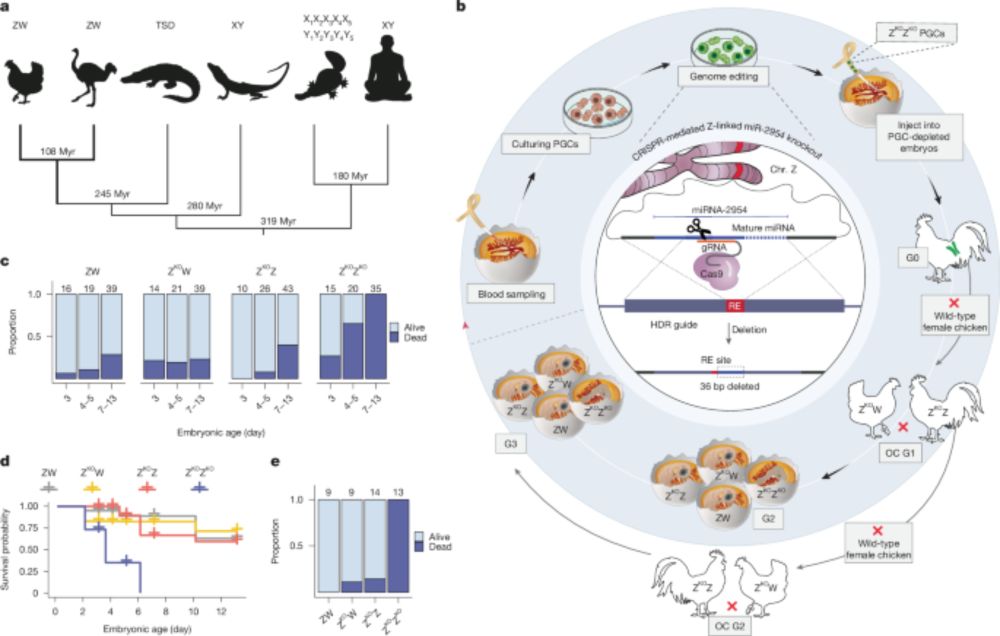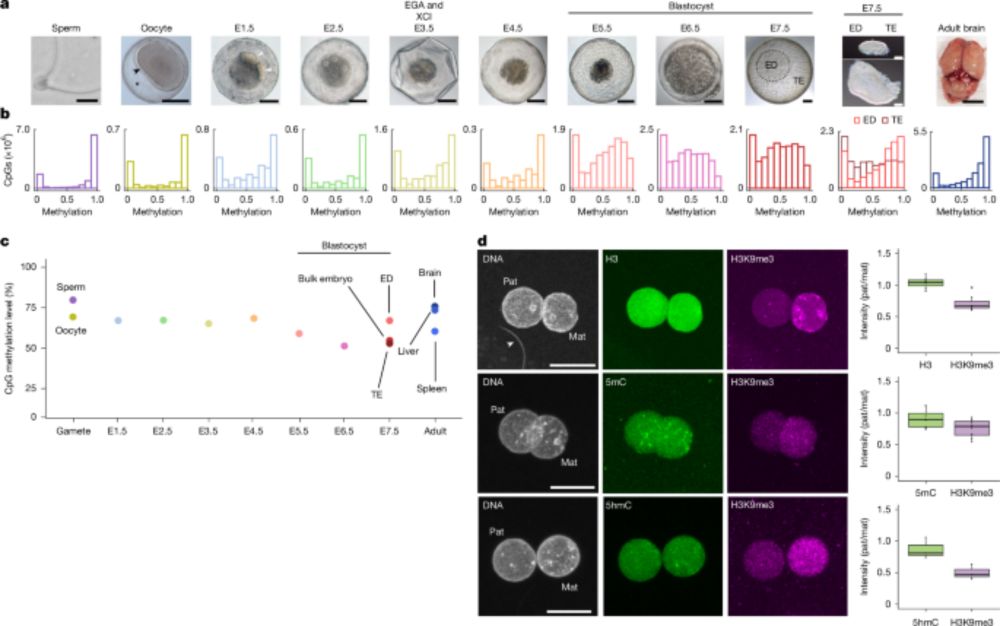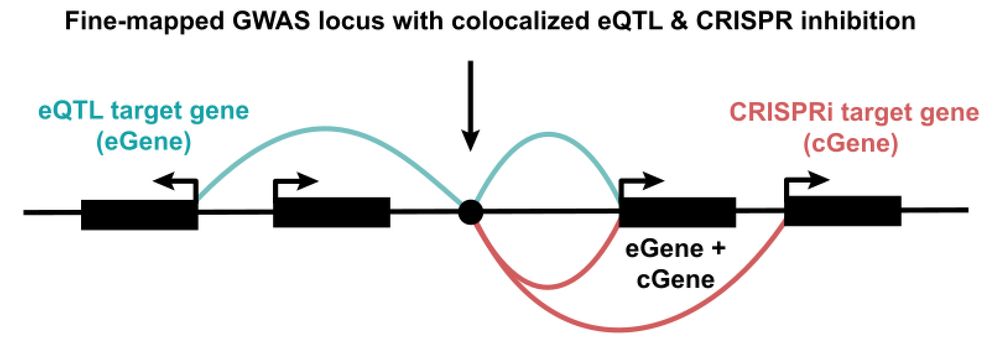@dandergassen.bsky.social
120 followers
210 following
51 posts
Independent Junior Group Leader at TUM - Postdoc in the Rinn & Meissner Lab (Harvard) - PhD in Denise Barlow's lab (CeMM)
Posts
Media
Videos
Starter Packs
Pinned
Reposted
Kaessmann Lab
@kaessmannlab.bsky.social
· Jul 16

A male-essential miRNA is key for avian sex chromosome dosage compensation - Nature
Birds have evolved a unique sex chromosome dosage compensation mechanism involving the male-biased microRNA (miR-2954), which is essential for male survival by regulating the expression of dosage-sens...
www.nature.com
Reposted
Reposted
Turner Lab
@lab-turner.bsky.social
· May 14

Divergent DNA methylation dynamics in marsupial and eutherian embryos - Nature
A study reports on the DNA methylation dynamics during embryogenesis in marsupials, showing that these differ from those occurring during embryogenesis in eutherian mammals.
www.nature.com
Reposted
Reposted
Melé Lab
@melelab.bsky.social
· Mar 20

Long-read transcriptomics of a diverse human cohort reveals widespread ancestry bias in gene annotation
Accurate gene annotations are fundamental for interpreting genetic variation, cellular function, and disease mechanisms. However, current human gene annotations are largely derived from transcriptomic...
www.biorxiv.org










